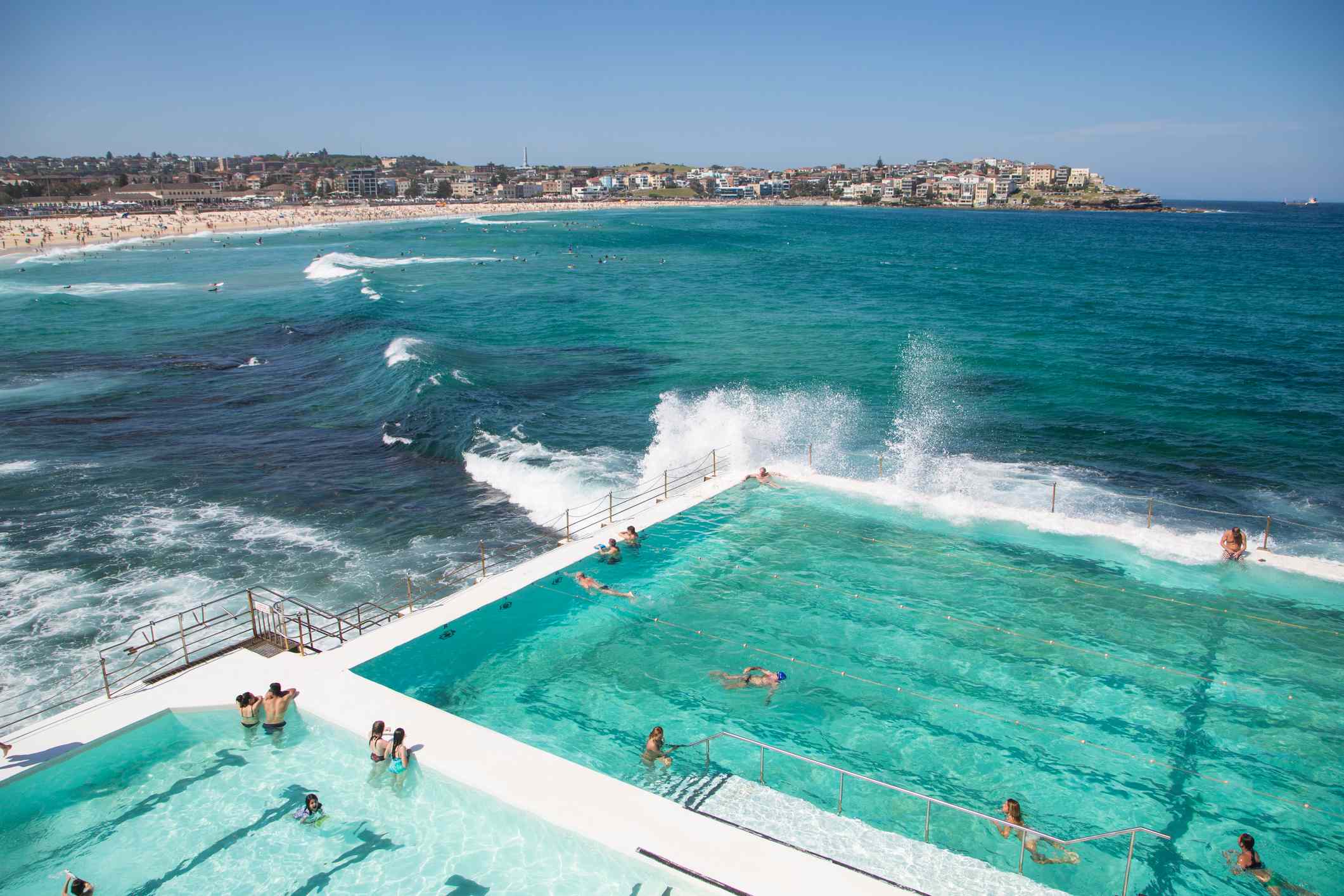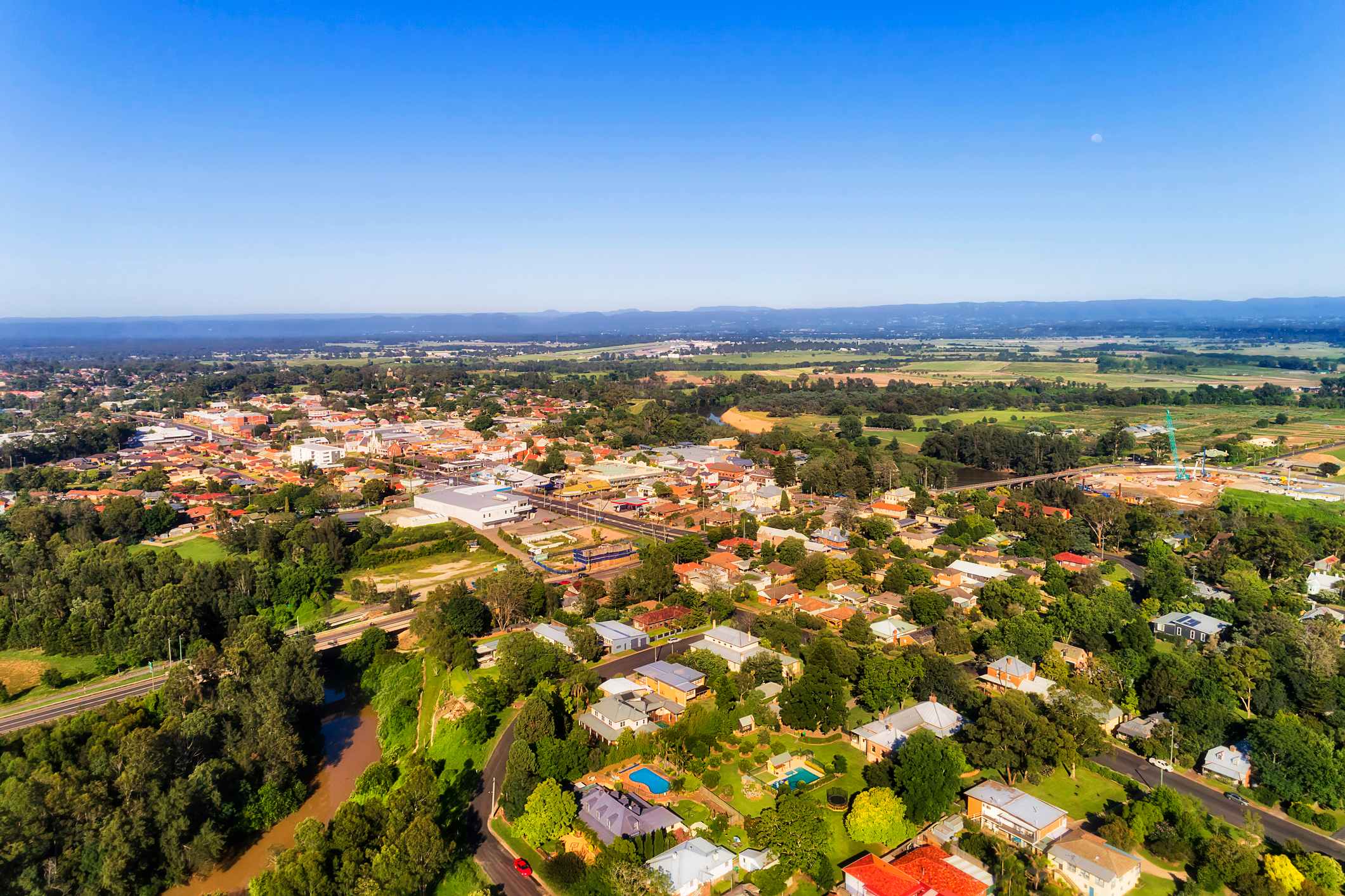Sydney and NSW property market update - June 2020
Samantha is a Sydney-based real estate and home improvement writer. She is currently Head of Marketing at OpenAgent.
Learn more about our editorial guidelines.
In the past month, Sydney has experienced a -0.8% decrease in dwelling values. It’s the second consecutive month of value falls for the city, according to CoreLogic’s latest Hedonic Home Value Index.
Five capital cities in total recorded a decline in home values over the month, with Melbourne leading the charge.
According to CoreLogic Head of Research, Tim Lawless, “The downwards pressure on home values has remained mild to-date.”
The reason for this mild downward pressure is due to a variety of factors that have helped to protect home values from more significant declines. These include ongoing low levels of advertised stock, significant government stimulus, low interest rates, and forbearance policies from lenders that have played a part in keeping urgent sales off the market, says Lawless.
“The downwards pressure on home values has remained mild to-date.”
While it’s important to track these numbers across the board, it’s also crucial to understand that each market and individual property will be different. For example, while Sydney has experienced a decline in housing values, regional NSW on the other hand has experienced an increase of +0.3%.
Whether you are impacted by falls in dwelling values depends on a whole host of factors like, location, property type and whether your property falls into the higher or lower end of the market. So while some dwellings may have experienced declines, others may have actually increased in value during this time.
Let’s explore this in a little more detail below.
Here’s what’s happening in the Sydney property market

Houses
$1,010,426
Monthly change: -0.9%
Units
$761,792
Monthly change: -0.6%
According to Lawless, recent value falls are more a representation of an interrupted upswing across most regions.
The good news is that a variety of housing market indicators started to improve throughout June.
In the aftermath of restrictions easing, we can see that the number of fresh real estate listings is increasing, and in fact has been climbing since early May. While still lower compared to last year, across the country, listings are 42% higher compared with the low experienced in early May. Total listings are trending lower as well, which indicates that stock is being absorbed.
The rise in listings is partially due to improved consumer sentiment, with the weekly ANZ/Roy Morgan consumer confidence series recording a 42% lift since the end of March.
While still lower compared to last year, across the country, listings are 42% higher compared with the low experienced in early May.
Auction markets are also showing signs of partial recovery, with the clearance rate at the end of June in Sydney finishing on 66.9%. Total auctions were higher in comparison to last year, with an increase of 111 auctions, and the clearance rate was not far off last year’s result for the same period, which was 67.9%.
Sydney areas with the highest clearance rates include Blacktown, the Inner South West, the Inner West and Parramatta, all recording clearance rates above 69%.
Higher value markets are being more affected by changes in the environment, and have historically led both downturns and upswings in the real estate market. In the past three Home Value Indexes, this trend has played out, where we’re seeing higher value properties experiencing a faster decline in dwelling values.
In Sydney, upper quartile properties are down by -1.3% over the last three months, and lower quartile properties have actually risen in value by +0.2%.
CoreLogic’s recent analysis shows that the biggest suburb-level falls in dwelling values occurred in Mosman (-2.5%), Lane Cove North (-2.4%), Manly (-2.3%), Leichhardt (-1.7%) and Wentworth Point (-1.4%).
Here’s what’s happening in the regional NSW property market

Houses
$480,437
Monthly change: +0.3%
Units
$408,115
Monthly change: 0.0%
Overall, the regional property market in NSW is proving to be more resilient than Sydney, with houses showing an increase in dwelling values of +0.3%, with dwelling values for units remaining steady and posting no change in June. The current median value for all dwellings in regional NSW is $467,571.
The regional property market in NSW is proving to be more resilient than Sydney
Property listings portal Domain released data in June showing regional NSW suburbs posted a surge in property searches of up to 117%. The data suggests that buyers are increasingly contemplating relocation to a regional area off the back of Covid-19 restrictions that have made remote work a continuing reality.
Rental market update for Sydney and regional NSW
Rental rates have continued to trend lower throughout June, with weaker conditions across the unit sector at -2.1%, and houses, at -0.7%. The sector suffering the most are inner city apartment markets.
Since rents are slipping more than home values across some regions, rental yields are experiencing downward pressure. Sydney’s gross dwelling yield fell to a record low of 2.92% in June.
According to Lawless, rental listings in Inner Sydney have risen by more than 40% over the past few months, which is not being helped by dwindling demand. And according to analysis performed by Domain, rents are being slashed across the city, with one in three rentals being discounted in recent months.
These weak rental market conditions have been attributed to job losses, paused migration, short-term rental accommodation being transitioned into long-term rentals, as well as dwindling demand.
“Foreign students simply haven’t arrived, domestic students are studying from home and overseas migration has temporarily stalled. Compounding rental demand is the fact that the hardest hit industry sectors for job losses and under-employment are those that are typically aligned with renters rather than homeowners,” Lawless said.
The change in rental rates in regional NSW for houses has remained stable at 0.0%, recording no change in June. Units have recorded an increase of +0.4%. Gross rental yields for both houses and units in regional NSW currently sit at 4.6%.
What can we expect for the future?
Although the decline in home values has been fairly mild since April, the longer term outlook remains highly uncertain.
With the end of government stimulus and mortgage repayment holidays in sight, Australians currently receiving support may not be able to make their payments once it all ends. The fear is that this will lead to an increase of stock on the market, causing housing values to fall.
“The longer term outlook for the housing market is largely dependent on how well the economy is tracking when these support measures are removed.”
Read: "We got five offers in one day:" how these owners sold during Covid-19
In light of this, the Australian Prudential Regulation Authority in conjunction with the banking industry are currently exploring ways to avoid a barrage of mortgage defaults. One option is to allow certain borrowers to extend their mortgage deferrals for a further six months.
“While it is encouraging to see lenders have recently hinted at an extension in their repayment leniency policies, the government stimulus will eventually taper and banks will require borrowers to repay their loans,” said Lawless.
“The longer term outlook for the housing market is largely dependent on how well the economy is tracking when these support measures are removed.”


